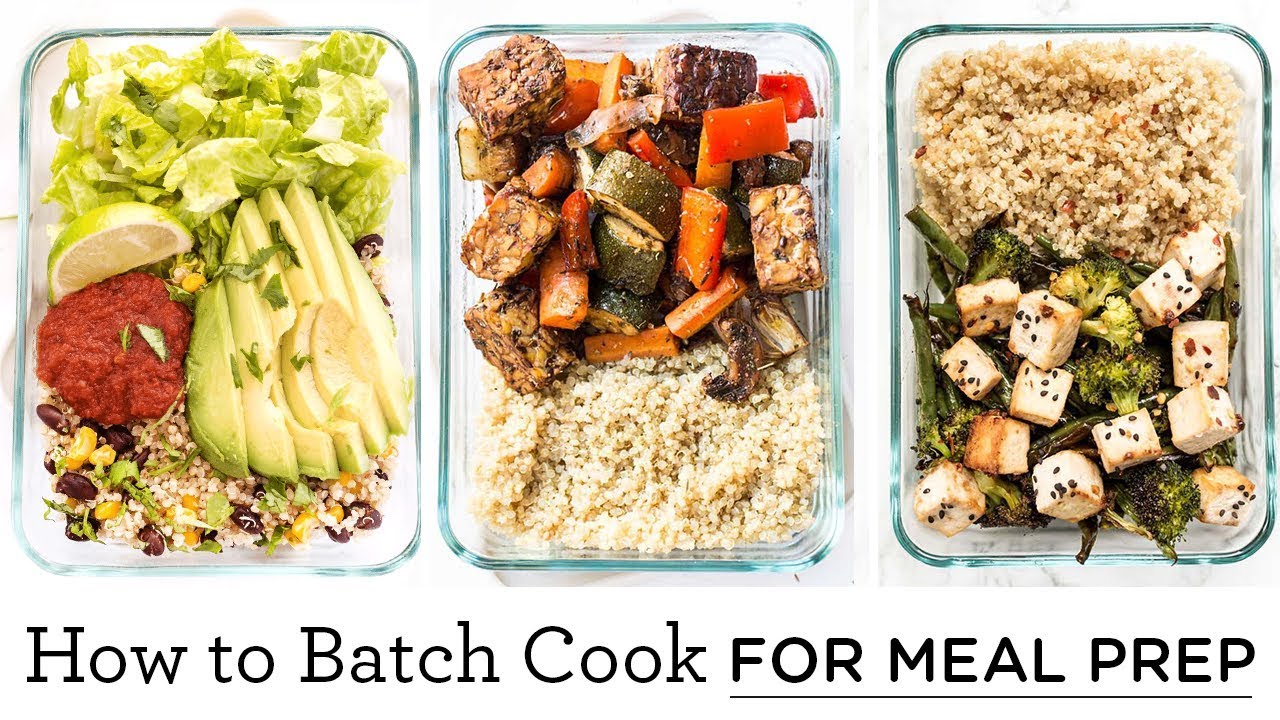
If you love cooking, you may have tried to learn advanced techniques. French and Chinese cooking techniques are well-known. How about Japanese or Chinese methods? You'll want to learn the best techniques for steaming and poaching as well. Read on to discover how these methods work and why you need to learn them. These techniques can easily be applied to your everyday cooking. Don't forget about cookbooks that detail these cooking techniques.
French cooking techniques
French cooking has its roots in traditional techniques. French chefs are well-known for placing everything in its right place and cooking slowly at low temperatures. Confit, which involves slow cooking different foods in fat and low heat, is also known. In the same way, sauces are often made with alcohol. Flambeing is most commonly used to make desserts. However the alcohol in it can also be used while the food is still cooking to enhance the flavor.
Chinese cooking techniques
The traditional Chinese kitchen is filled with many complex techniques that can make your cooking more delicious. Stir-frying is a technique that involves heating oil in a wok. Stirring the food rapidly and thoroughly is necessary to achieve the desired texture. This is the easiest method and works well with small ingredients such as noodles and vegetables. Chinese cuisine offers many different cooking methods, including stir-frying.

French technique of steaming
Steaming is a cooking method that creates a steady flow of hot air around food, retaining all of its nutrients without adding any additional fat. Because steam carries more heat than boiling water, it is a gentle cooking technique, and it is perfect for delicate foods. The steam method allows for fast cooking and preserves nutrients as well as natural color. This technique has been a favorite of the French for many years. It can make it a joy to cook vegetables and fruits.
Japanese poaching technique
The Japanese have perfected poaching, a technique that slow cooks fish. This involves vacuum-sealing the food in a bag and slowly heating it at low temperature. This technique creates uniform texture while removing aromatics. It also has health benefits. This is how to poach salmon in Japan.
Vietnamese technique for boiling
It is simple, but very effective, to boil rice in the traditional Vietnamese way. This method involves steaming food on metal or bamboo trays. This method is very beneficial because it preserves nutrients and doesn't use any oil. You can use it to make sticky rice and seafood. It is especially helpful for vulnerable people living in developing nations who are heavily dependent upon water resources that are not yet improved. Some precautions should be taken.

FAQ
How Can I Get Hired As a Cook?
Word of mouth can help you get a job as an experienced cook. People in your circle of friends might know about restaurants that need additional staff. A lot of restaurants also advertise their openings on bulletin boards or websites.
What skills do I need to get into culinary school?
To be a chef you need to be able and able to cook well. Cooking classes can be taken at high schools and community colleges to learn the basics of cooking. Once you have learned the basics of cooking, it is time to look for work at a restaurant.
How can you get motivated to cook well?
Cooking is fun when you share food with family and friends. It is easier to cook for yourself than for others. Try making something new if your goal is to become more motivated to cook. You will be able to learn new techniques and ingredients. Additionally, you can learn about new ingredients and techniques by incorporating recipes from different cultures into your cooking.
Are you able to cook by yourself?
You can learn to cook by yourself! Cooking is one of those things that everyone loves doing, whether they know how to do it or not. If you're interested in learning how cook at home, then start cooking. Start small, such as making pancakes for breakfast and spaghetti sauce at dinner. Try new recipes and be open to experimentation when learning how to cook. You may even want to make a few mistakes along the way.
Cooking can take anywhere from a few hours to several months depending on the skill level. It's important to remember that cooking isn't just about following recipes. There are many ways of cooking food. So if you have an idea for a recipe, use it.
What does a culinary program cost?
Prices for Culinary School vary depending upon where you go, what program you select, and how long you stay there. The average tuition ranges from $10,000-$30,000 per year. Most students graduate with approximately $20,000 in debt. There are programs that offer work-study and scholarships.
What are your basic cooking skills
Basic cooking skills include knowing how to read recipes, measure ingredients, cook food safely, and clean up after yourself. If you want to be able to cook for yourself, then you need to learn these basic skills. Cooking is a great way save money as you don’t have to order take-out every day.
Statistics
- In the United States, the category is estimated at $23.2 billion annually and is growing faster than the market. (washingtonpost.com)
- You'll be amazed that over 90% of CIA students receive scholarships and grants to finish their culinary studies. (ischoolconnect.com)
- The median pay for a chef or head cook is $53,380 per year or $25.66/hour, according to the U.S. Bureau of Labor Statistics (BLS). (learnhowtobecome.org)
External Links
How To
How to make a perfect omelet
Omelets is one of my favourite breakfast foods. How do you make them perfect? I've tried many different methods and recipes, but none of them seem to work! I have some tips and tricks to help you make delicious, fluffy omelets every single morning.
It is important to know that eggs can be temperamental when making omelets. You must get them fresh, organically, and keep them cold until you cook. If they are not kept cold enough, the whites won’t form properly. The yolks will also break down too quickly and become runny. This can make your omelets look bizarrely colored. It is best to use room-temperature eggs if you are going to cook them right away.
Another tip is to separate each egg before adding them to the saucepan. You don't want the white to get mixed with the yolk, as this could cause the egg to curdle.
The bottom part of an egg that is added directly to the stovetop might be burned, which could cause a ruined texture in your omelet. Instead, heat the egg in a microwave for 10 seconds and then place it in a pan. The microwave heat cooks the eggs just right without overcooking them.
Next, let us talk about how to mix the eggs. You want to mix the eggs thoroughly before you add them. Turn the bowl upside down and grab the whisk to do this. Next, shake the bowl vigorously. The egg will be thoroughly mixed in the bowl as the air is whipped.
Now it's time to have fun: pour the milk into the mixture. Mix half of the milk with the eggs. Then fold the eggs in half into the remaining milk. Do not be alarmed if there are still egg streaks visible. Once the omelet flips, these streaks will disappear.
After you have done folding the eggs, heat the pan on medium heat. The oil will start to smoke. Once the oil starts getting hot, add 1/4 cup of butter to the pan and swirl it around to coat the entire surface of the pan. Now carefully crack open the lid of the pan and sprinkle salt into the pan. Salt will prevent the omelet sticking to the pan.
Cover the pan once the omelet is formed and allow it to cool completely. Flip the omelet upside down or with a spatula. Cook the second side for a minute or so. Take the omelet out of the pan and immediately serve.
This recipe works best when you use whole milk.